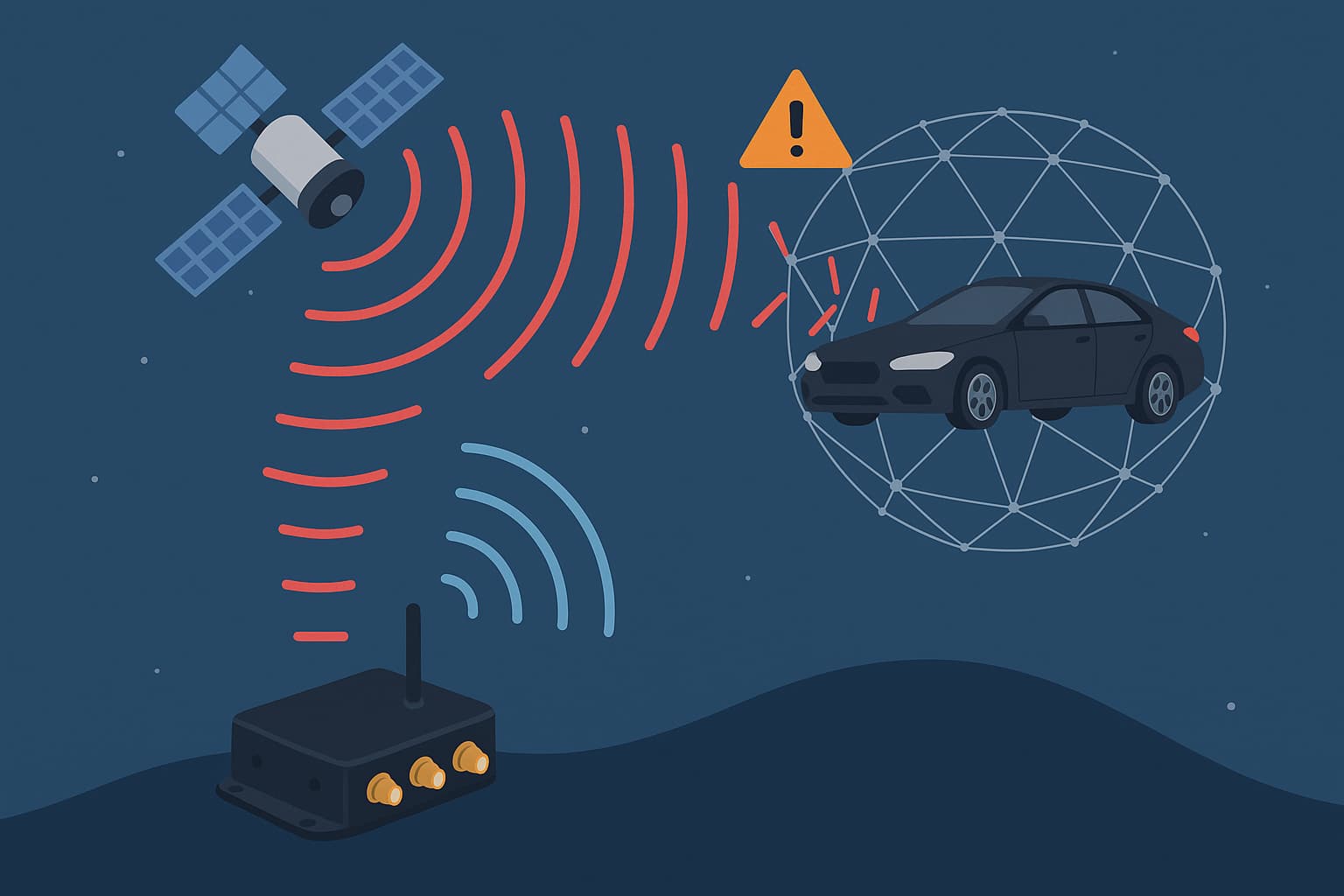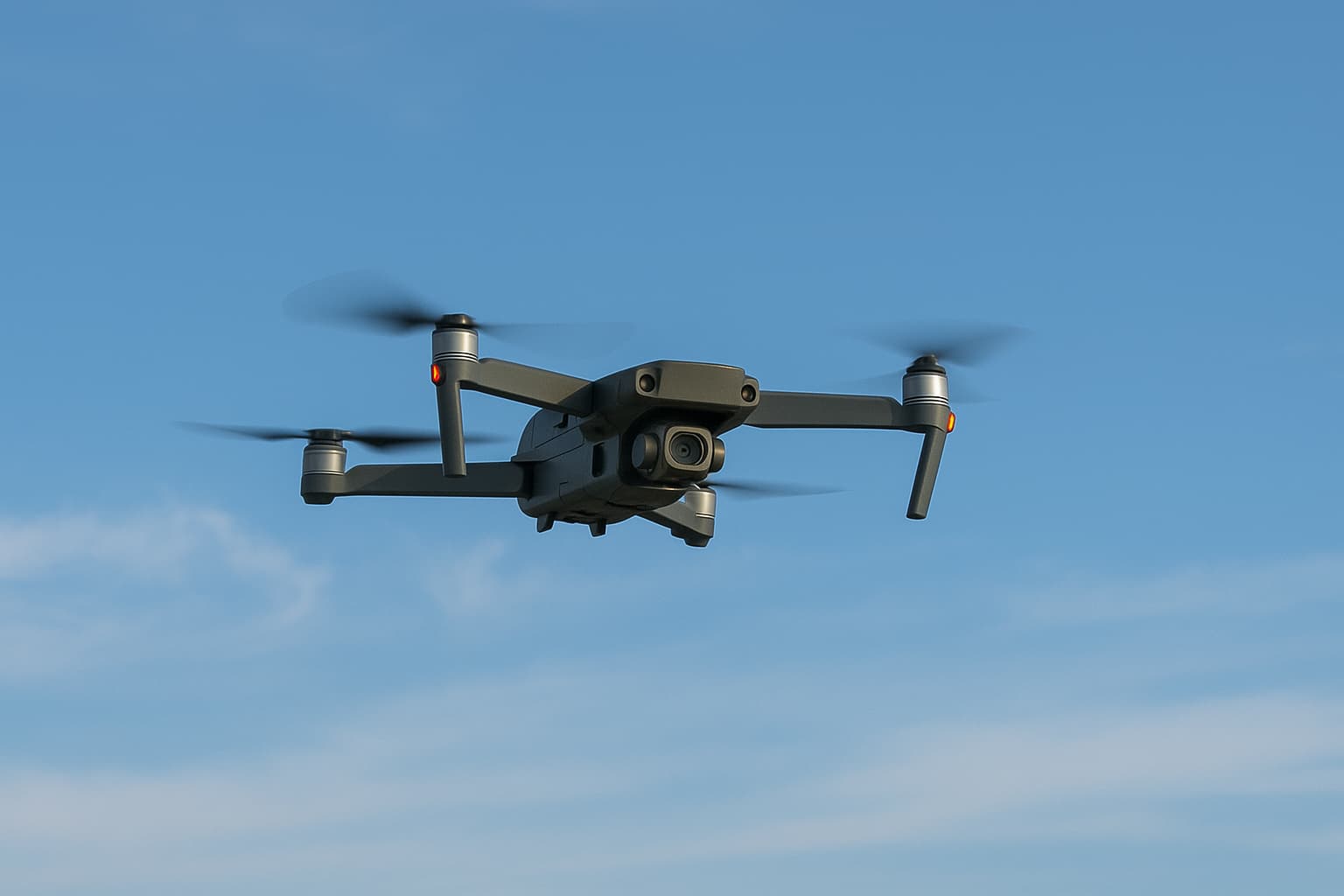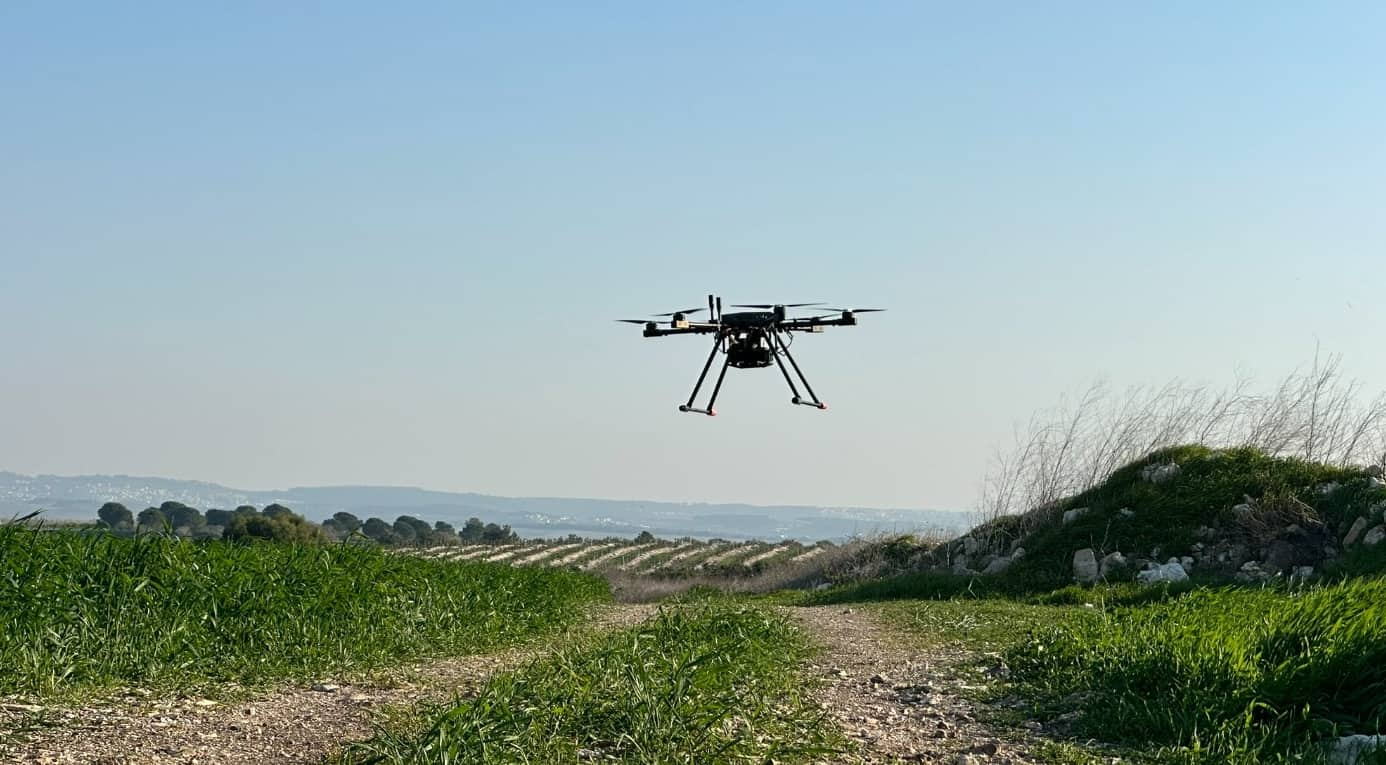GNSS (GPS) jamming is the intentional disruption of satellite signals that are critical for positioning, navigation, and timing. It prevents devices such as drones, vehicles, and critical infrastructure from receiving GPS data, leading to lost signals or incorrect location information. Anti-jamming technology is designed to detect and block these threats, ensuring continuous and secure GPS-based operations.
What is GPS Jamming?
GPS jamming refers to the act of blocking or interfering with the radio signals that GPS receivers rely on. These signals originate from satellites orbiting approximately 20,000 kilometers above Earth and are naturally very weak by the time they reach the ground. Even a low-power jammer – a small, inexpensive electronic device – can overpower these signals and render the receiver useless.
This type of interference has grown in prevalence due to the easy availability of low-cost jamming devices online. A GPS jammer can be purchased and deployed in seconds, disrupting GPS signals over a surrounding area.
How Does GNSS Jamming Work?
A GPS jammer transmits signals at the same frequency as GPS satellites but at a higher power. This makes it impossible for the GPS receiver to distinguish between the legitimate signal and the interference. The receiver is overwhelmed and fails to provide accurate positioning data.
Common jamming techniques include:
Continuous Wave (CW) – Constant signal broadcast on GPS frequencies
Sweep/Barrage – Rapid frequency shifts to block a broader spectrum
Directional Jamming – Targeted interference aimed at a specific platform
All of these approaches aim to interrupt or completely block access to reliable positioning data.
Real-World Examples of GNSS Jamming
GNSS jamming is no longer a theoretical risk. In military zones such as Syria, Ukraine, and even along the U.S.–Mexico border, jamming is used routinely to block drones and GPS-reliant systems.
In the Middle East, radar and flight systems are facing an escalating wave of interference, with GPS jammers becoming increasingly prevalent. Military and civilian aircraft have reported a sharp rise in navigation disruptions, compromising both safety and operational efficiency. These interferences – often linked to criminal or military activity – can overwhelm radar systems, create false targets, and degrade data integrity.
This growing trend underscores why GPS security is no longer optional – it is essential.
Why GNSS Security Matters for UAVs and Defense Systems
Unmanned systems, especially UAVs, depend heavily on GPS for navigation. When jamming occurs, a drone may:
Drift off course or crash
Lose communication with the operator
Fail to reach its destination
In military or border security contexts, this can lead to mission failure or even endanger human lives. GPS security ensures these systems remain operational, even in contested environments.
Understanding GNSS Anti-Jamming Technology
Anti-jamming encompasses the technologies used to detect, isolate, and reduce the impact of GPS interference. Solutions may be hardware-based, software-defined, or a hybrid of both.
Common components include:
Multi-element antennas to sense the direction of interference
Signal-processing algorithms to cancel out jamming sources
Integration with inertial navigation systems (INS) to bridge short-term GPS outages
The goal is always the same: maintain GPS signal integrity under attack.
How Does Anti-Jamming Work?
GNSS jamming disrupts navigation by overpowering the weak signals from satellites with strong, malicious transmissions. To counter this, GPS anti-jamming devices continuously analyze incoming radio signals, identifying patterns that reveal interference.
One of the most common mitigation techniques is null steering. In simple terms, the system creates a “null” – a zone of silence – in the direction of the detected interference. This suppresses the jamming signal while still allowing legitimate satellite signals from other directions to be received. Null steering is effective in many scenarios but has limitations: it typically works best against a single interference source and cannot address all GNSS threats, such as spoofing or complex multi-directional jamming.
Advanced solutions, like infiniDome’s GPSdome series, extend protection beyond null steering. They combine it with enhanced detection, filtering, and mitigation capabilities, enabling the system to:
Detect and counter up to three simultaneous jamming sources
Operate on dual frequency bands (L1/L2 or L1/G1) for redundancy and precision
Deliver protection with ultra-low latency (~100ns) – critical for high-speed platforms
Retrofit easily onto existing UAVs, vehicles, or stationary platforms without major redesigns
This multi-layered approach ensures uninterrupted navigation and mission continuity, even in complex, high-threat environments where basic null steering would not suffice.
Comparing CRPA and Null Steering
Both CRPA (Controlled Reception Pattern Antennas) and null steering are used in GPS protection:
CRPA uses advanced antenna arrays to form beams and reject interference, but it is often bulky, expensive, and suited mainly for large platforms such as military aircraft.
Null steering works with simpler hardware, can be integrated into compact devices, and is cost-effective for drones and smaller platforms.
While CRPA offers powerful capabilities for certain applications, null steering remains the preferred choice for smaller tactical systems – especially when enhanced with multi-layered protection.
Choosing the Right GNSS Protection for Your Needs
When selecting an anti-jamming solution, consider:
Platform type: UAV, UGV, autonomous vehicle, etc.
Threat environment: Are you operating in GPS-contested zones?
Size, weight, and power (SWaP) constraints: Small drones can’t carry large systems.
Number of jamming sources: One or multiple?
Frequency bands: L1, L2, L5, G1, etc.
Solutions like GPSdome2 and SunStone are designed with these factors in mind, offering scalable protection for mission-critical operations.
FAQ about GPS Anti-Jamming
What is the main goal of GPS anti-jamming?
To protect GPS-based navigation and timing systems from intentional or accidental signal disruption.
How can I tell if my drone is being jammed?
Symptoms include GPS signal loss, erratic movement, failure to hold position, or complete navigation failure.
Can GPS jamming be prevented completely?
It can’t be entirely eliminated, but the right anti-jamming technology can drastically reduce its impact.
What’s the difference between jamming and spoofing?
Jamming blocks GPS signals entirely. Spoofing sends fake signals to mislead the receiver
Are GPS jammers legal?
In most countries, no. GPS jammers are illegal to use, sell, or operate without authorization
Conclusion
GPS jamming is a growing threat to autonomous systems and mission-critical operations. It works by overwhelming weak satellite signals, cutting off accurate positioning data.
To counter this, modern anti-jamming technologies – combining null steering, multi-band filtering, and real-time detection – are essential. Products like GPSdome2 and SunStone deliver compact, lightweight, and battle-proven protection.
If your operation relies on GNSS – for drones, vehicles, or infrastructure – investing in GPS security is not a luxury. It’s a necessity.





